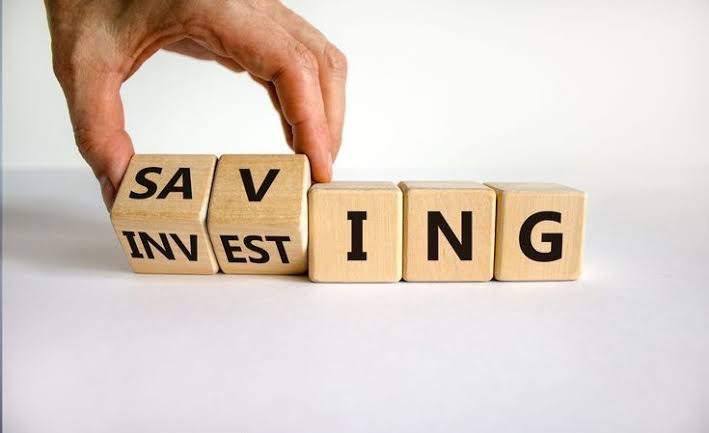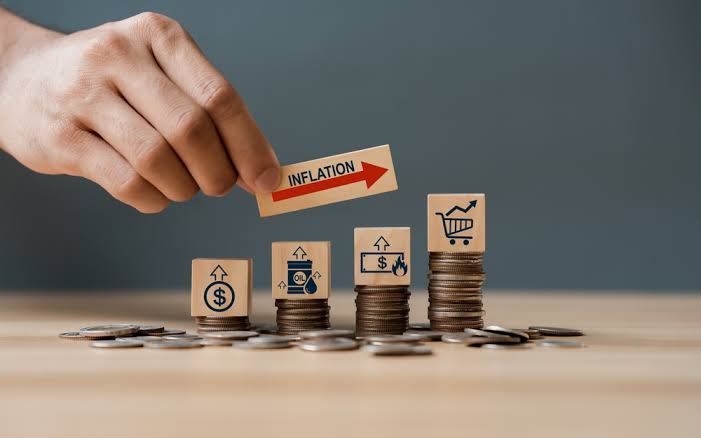Today, I found myself thinking about how much harder it has become to make our money work for us. Saving for the future feels different now compared to a few years ago, and a big part of that is inflation. It’s not always obvious. You don’t see a neon sign saying, “Inflation at work!” But you feel it—when your grocery bill seems heavier than your shopping bags or when the same amount in your savings account buys less than it used to.
Inflation chips away at the value of money quietly but relentlessly, leaving its mark not just on our everyday expenses but also on how we save and invest for tomorrow.
.jpeg)
Savings Accounts: A Safe Place Losing Its Value
For years, we’ve been told that saving is the cornerstone of financial stability. And it is—but inflation changes the story. Let’s say your bank offers you an interest rate of 4% on your savings account. Sounds decent, right? But if inflation is at 6%, your money is effectively losing 2% of its purchasing power every year.
I’ve noticed this with my own account. What used to feel like steady growth now feels more like a hamster wheel—running hard but getting nowhere. It’s not that savings accounts aren’t important; they’re crucial for emergencies or short-term goals. But they’re no longer the fortress they once were against inflation.
Gold: A Shining Shield or Just a Mirage?
Gold has always been the go-to when times get tough. I remember hearing my grandparents talk about how gold held its value through wars and economic crises. Even now, gold prices seem to climb whenever inflation spikes. It’s like a safety net everyone trusts.
But here’s the thing: while gold can protect your money from inflation, it doesn’t grow it. If you buy a gold coin today, its value might rise over time, but it won’t pay you interest or dividends. And selling it later could mean dealing with taxes or market fluctuations. So, while gold can be a good hedge, it’s not a magic solution.
Stocks and Mutual Funds: Risk with a Reward
Then there’s the world of stocks. A few years ago, I started dipping my toes into mutual funds. At first, the ups and downs were nerve-wracking, but I learned that over the long term, the stock market has historically outpaced inflation.
.jpeg)
That said, investing in stocks isn’t for everyone. It takes patience, and there’s always a risk involved. But when I look at how inflation erodes the value of cash sitting idle, taking a calculated risk with stocks feels worth it.
Real Estate: Rising Prices, Rising Pressure
Real estate is another way people fight inflation. Property values tend to grow over time, often outpacing inflation. But let’s be honest—it’s not as easy as it sounds. Buying property requires significant upfront capital, not to mention the costs of maintenance and taxes.
Still, I’ve seen friends who invested in property five years ago and are now reaping the benefits. For those who can afford it, real estate can be a powerful tool against inflation. For the rest of us, it might mean looking into alternatives like REITs (Real Estate Investment Trusts).
Finding the Balance
Inflation forces us to rethink how we save and invest. It pushes us to look beyond the familiar savings account or that comforting stash of cash under the mattress. While there’s no one-size-fits-all answer, diversification seems to be the key—spreading money across different assets to balance risk and reward.
I’ve learned that fighting inflation isn’t about finding the perfect investment; it’s about staying informed and adapting. Some years, gold might shine the brightest. Other times, stocks or real estate could take the lead. The important thing is to keep moving forward, even if inflation tries to pull us back.

